 How to Train A Dog To Track
How to Train A Dog To Track
I’ve been following Jeff Schettler on Facebook for some time. He is doing some amazing things with trailing dogs and is the go-to guy in the country and around the world for all things tracking training with dogs.
I had to get him on my show to share some of his years of experience and expertise about how he trains tracking dogs and how you can apply some of the same principles with your own pet dog.
Check out Jeff’s bio-
“Jeff Schettler is a retired police K9 handler who worked for the City of Alameda and County of Amador in California and was attached to the FBI’s Hostage Rescue Teams’ K9
Assistance Program for two years. This program was designed to locate and apprehend high-risk fugitives on the run. Jeff has worked hundreds of trailing cases across the USA and is a specialist in the areas of tactical tracking applications. Schettler is a certified military trainer graduating from the prestigious US Army’s Leadership Academy also known as Drill Sergeant School.
Jeff’s work has been seen on CNN, ABC, CBS, Unsolved Mysteries, and Mythbusters. He is considered an expert witness in tracking/ trailing. Jeff is the author of four books on K9 Tracking Work published by Alpine Publications and writes for K9 Cop Magazine.”
You can find his books, training courses, and other info at www.GAK9.com and www.JeffSchettler.com.
Trailing Dogs- Listen In
What You’ll Learn About Tracking Dogs
In this interview you’ll learn:
- Which breeds Jeff likes to use due to their natural drives for hunting and trailing
- Whether or not one can actually teach the dog how to do this or whether one must simply harness the instinct the dog has
- A step-by-step process that any pet owner can experiment with to determine whether their dog can be trained to trail people
- A simple iPhone app that can help you determine just how accurate your dog is at trailing
- A better understanding of the reality behind the scenes you see in Hollywood movies regarding just how dogs start their track and what terrain they can track on
- Unique and interesting real world stories of actual trailing Jeff has done
This interview was definitely a lot of fun and I learned a lot about drives, breeds, and just what it takes for a dog to be trained whether it be for search and rescue or for hunting down bad guys. A definite must-listen.

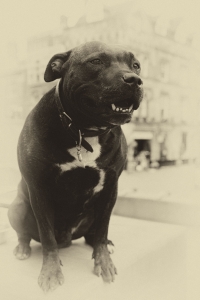

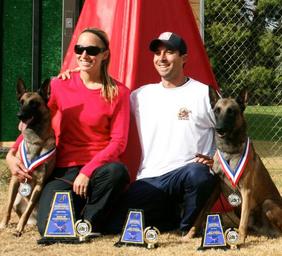
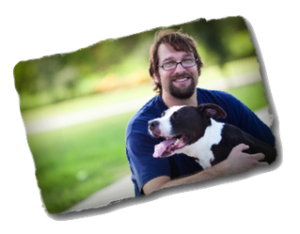

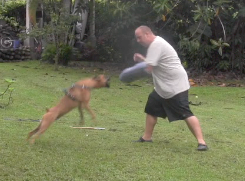
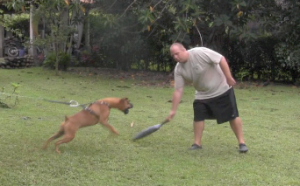




Follow Us!